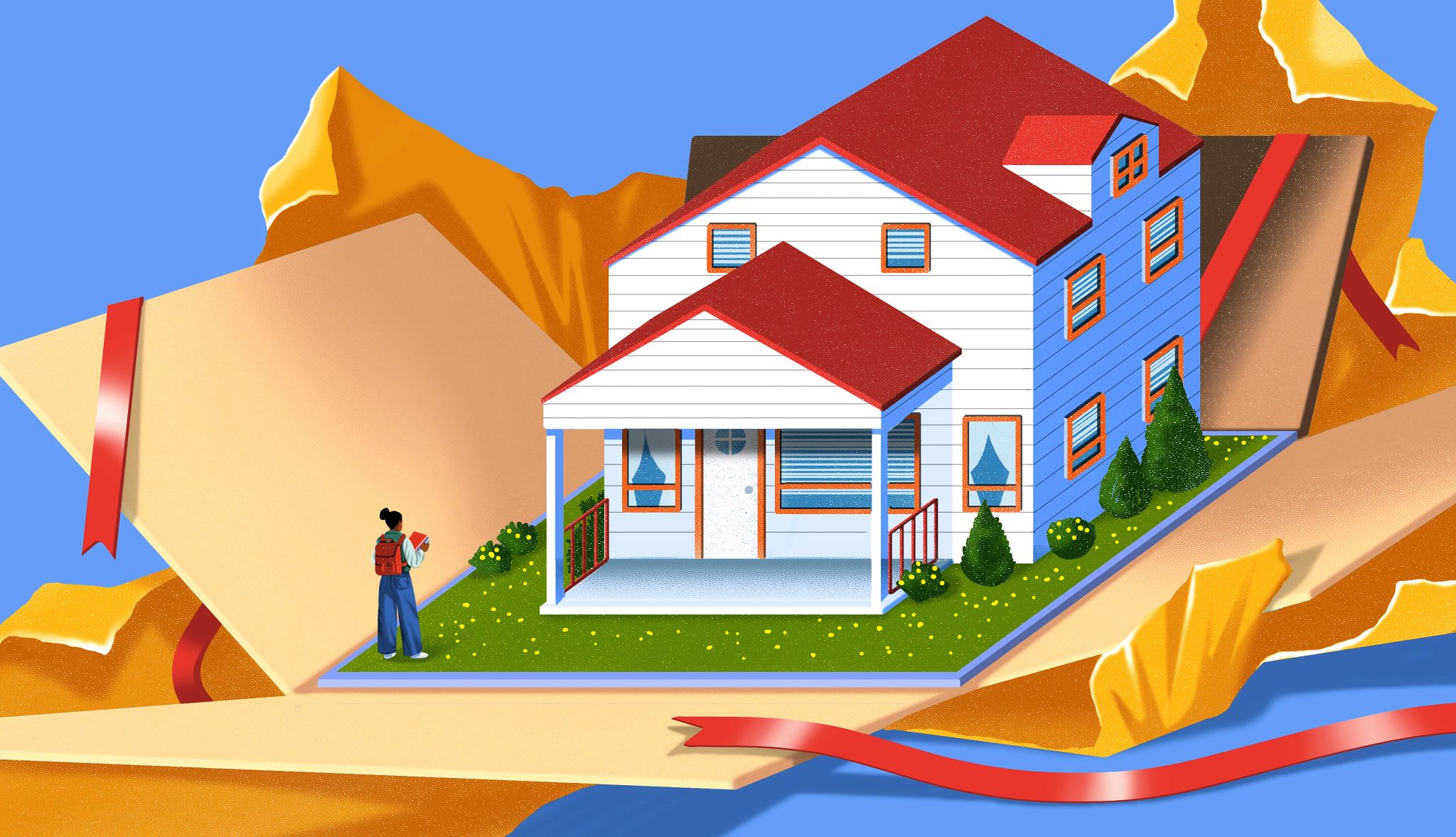Play all audios:
But from an economic standpoint, the investment is probably far less than you might think, and the rewards are likely far greater. HOW WE DID IT So, how did we make this all work
financially? Ultimately, it boiled down to careful budgeting and planning. We set a modest housing budget for each child based on the local real estate market and our financial comfort
level. We bypassed high-end properties, but the residences needed to be in good condition and in safe neighborhoods. We prioritized locations near campus, to ensure the properties would be
attractive to future student renters. In Austin, we aimed for properties around $200,000 to $250,000. Aziza’s home, located in the charming Hyde Park neighborhood just north of campus, cost
$210,000. We wound up shelling out $25,000 from our savings account to secure the property: a 10 percent down payment, or $21,000, plus about $4,000 in closing costs. The mortgage we
obtained was a 30-year, fixed-rate loan at 4.5 percent. In Raleigh, our budget was lower due to different market conditions and our desire to ensure that we didn’t overextend ourselves.
Personal circumstances, timing factors and North Carolina rules about securing in-state residency all loomed large in our decision making. In June 2019, my husband, youngest daughter and I
moved from New Jersey to the suburbs of Houston. We bought a new primary residence, and we still have a mortgage on it. A couple months later, we purchased Jakada’s townhouse, located
minutes from NC State, for $158,000 in cash. I wouldn’t recommend that to other parents, but we were facing a tight deadline. We had to close on the property by August 2019 to ensure that
Jakada lived in the house for one full year, making him eligible for residency and in-state tuition when school started the following August. When our mortgage lender kept dilly dallying
about closing our loan on time, we opted to use personal savings and do an all-cash purchase. That might seem like a drastic maneuver and, in retrospect, it was. But we did it, knowing that
it was temporary. We had excellent credit, and got 100 percent equity in the property immediately, so we had confidence that we’d be able to quickly secure a so-called “delayed financing”
mortgage. It’s basically like a cash-out refinance. The plan was for us to keep 20 percent equity in the Raleigh house, and get a cash-out mortgage giving us back 80 percent of the funds
we’d paid doing the cash deal. Once again, it all worked out. We subsequently went to another lender and got a 30-year, fixed-rate mortgage on the property, also at an interest rate of 4.5
percent. The payment on the property was a modest $619 a month. To pay for ongoing housing costs, we required our kids to have roommates and charge them rent to cover the mortgage, taxes,
homeowners association fees and insurance costs. This point is crucial, since the rental income effectively eliminated the housing costs while our older two children were in college. For
example, the mortgage payment, taxes, insurance and HOA fees on Aziza’s condo added up to $1,400 a month, and her two roommates collectively paid $1,400 in rent, fully offsetting the costs.
Aziza shared her room in the condo, just like she did in the college dorm her freshman year. But the big difference was, had she remained in the dorms at UT, on-campus student housing would
have set us back about $1,000 a month — and we wouldn’t be building equity in a real estate property. WHAT WE GAINED Overall it’s been a win-win situation: we didn’t have to waste money on
dorm fees, and our kids learned about the rights and responsibilities that come with homeownership. Specifically, Jakada had to troubleshoot home maintenance issues, such as a patio leak and
a faulty dishwasher; Aziza joined the board of her homeowners association, getting a first-hand look at the decision-making and intricacies of an HOA. Not only did we save gobs of money on
tuition and housing, but the properties have also appreciated tremendously. The $210,000 Austin condo we bought in 2017 for Aziza is now valued at roughly $340,000, an increase of more than
60 percent. Jakada’s Raleigh townhouse today is worth nearly $300,000, about a 90 percent gain in just five years due to the soaring home values over the last few years.

